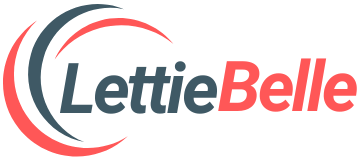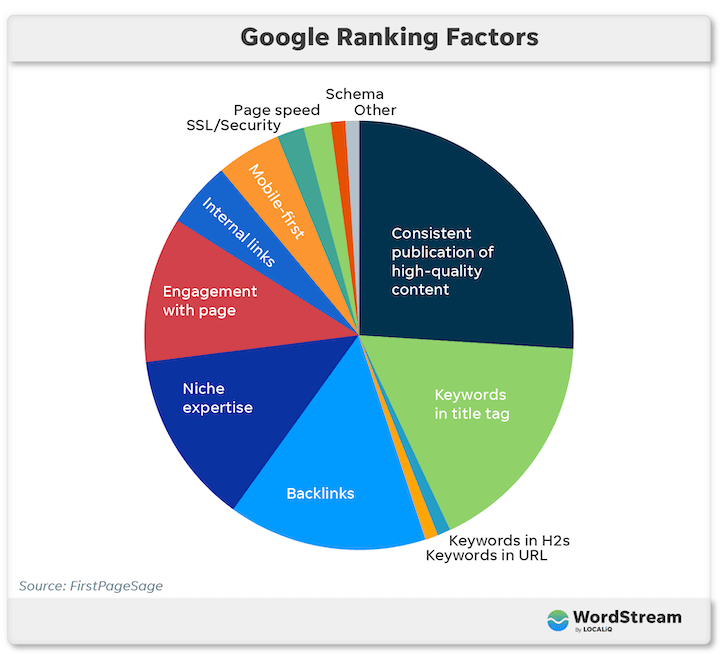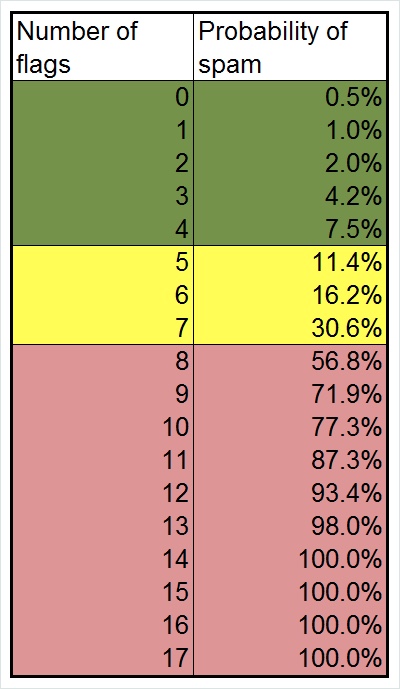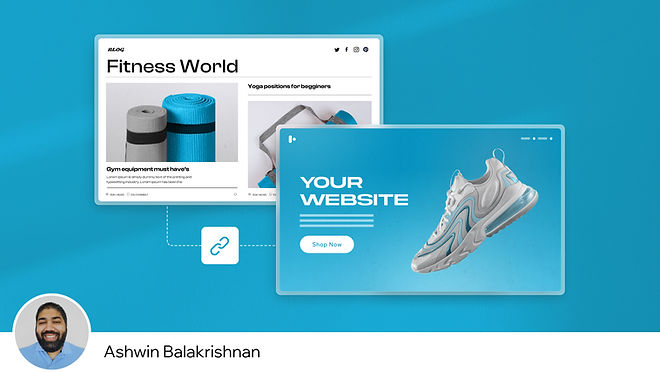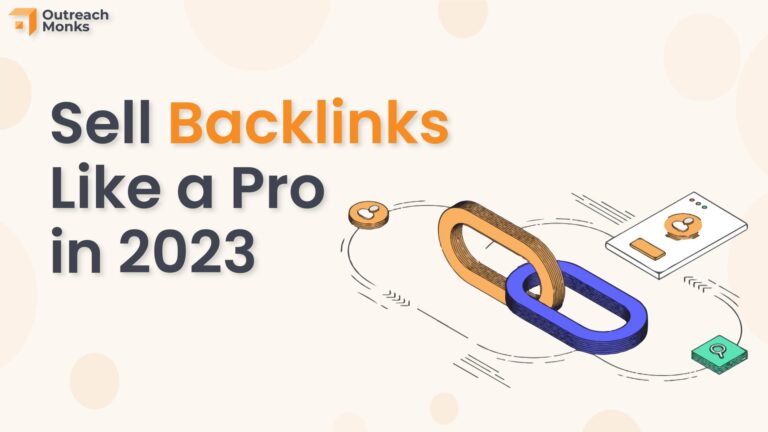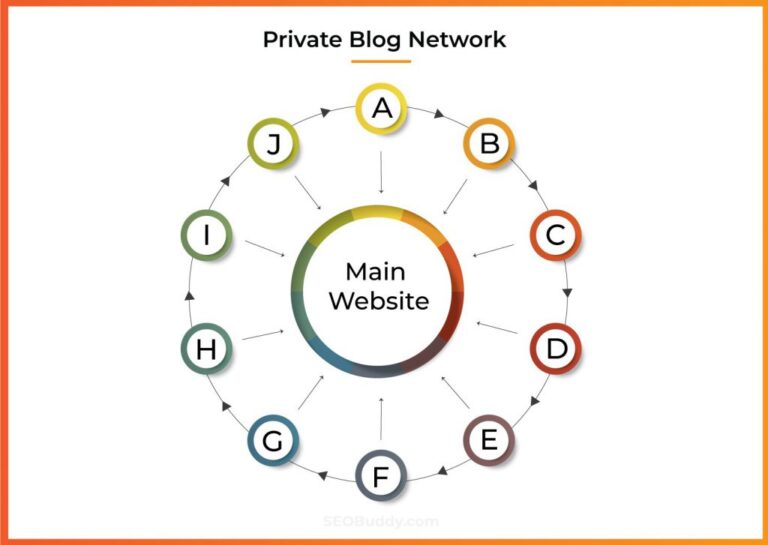On-Page SEO Best Practices. On-page SEO is a critical factor in ensuring that your website ranks well in search engine results pages (SERPs). It involves optimizing your website’s content and structure to make it more search engine friendly and user-friendly. By implementing on-page SEO best practices, you can improve your website’s visibility, attract more traffic, and ultimately, generate more leads and sales.
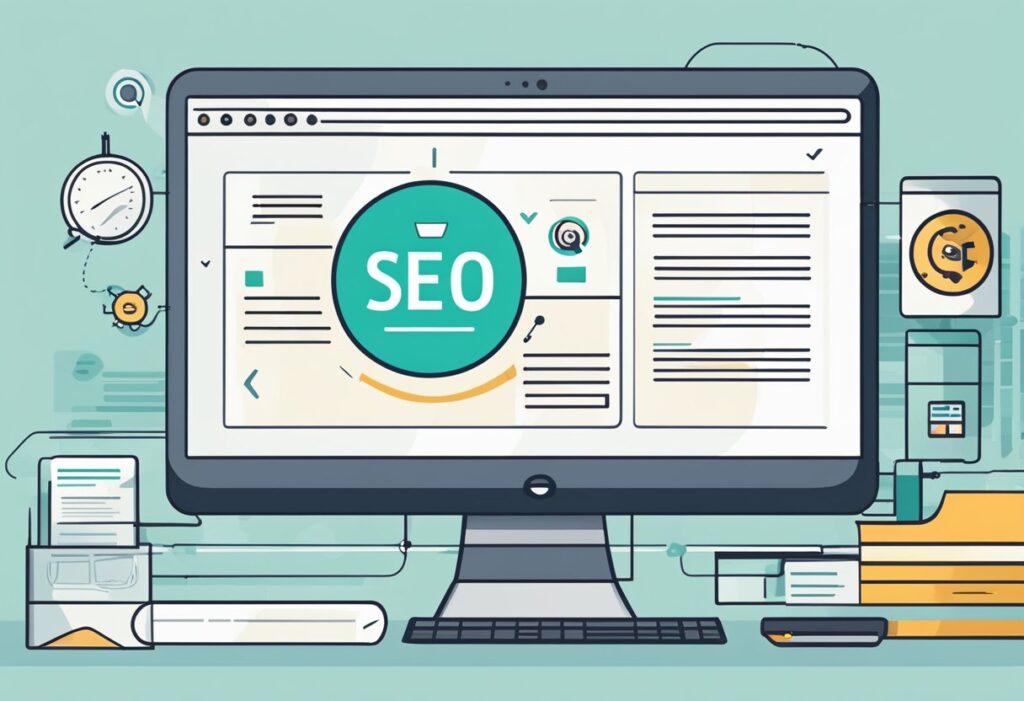
One of the most important on-page SEO best practices is to conduct thorough keyword research. This involves identifying the keywords and phrases that your target audience is using to search for products or services similar to yours. Once you have identified these keywords, you can strategically incorporate them into your website’s content, including your page titles, meta descriptions, headings, and body text.
Another essential on-page SEO best practice is to optimize your website’s structure and navigation. This involves ensuring that your website is easy to navigate, with a clear hierarchy of pages and a logical flow of information. You should also ensure that your website’s URLs are clean and descriptive, with relevant keywords included where appropriate. By following these best practices, you can create a website that is both search engine friendly and user-friendly, helping to improve your rankings and attract more traffic to your site.
Understanding On-Page SEO
On-page SEO is the practice of optimizing individual web pages to rank higher in search engines and bring in more relevant traffic. It involves manipulating aspects you have direct control over, including content and page architecture. It is essential to understand on-page SEO to improve your website’s search engine rankings.
Go here to but expired domain.
The Role of Content
Content is the backbone of on-page SEO. It is what search engines use to determine the relevance and quality of a web page. The content must be unique, informative, and engaging to the target audience. It should also include relevant keywords and phrases that the target audience is searching for. The use of subheadings, bullet points, and lists can help break up the content and make it more readable.
Importance of HTML Tags
HTML tags are used to structure the content on a web page. They help search engines understand the hierarchy of the content and its relevance to the search query. The most important HTML tags for on-page SEO are the title tag, meta description tag, header tags, and image alt tags. The title tag is the most critical HTML tag as it appears in the search engine results page (SERP) and is the first thing a user sees when they click on your website.
SEO and User Experience
On-Page SEO Best Practices. On-page SEO is not just about optimizing for search engines. It is also about improving the user experience of your website. A website that is easy to navigate, loads quickly, and has relevant and engaging content will keep users on the site longer, reducing the bounce rate and increasing the chances of conversion. It is essential to optimize your website for both search engines and users.
In summary, on-page SEO is a crucial aspect of improving your website’s search engine rankings. By optimizing your content, HTML tags, and user experience, you can improve your website’s visibility and attract more organic traffic.
Keyword Optimization
Keyword optimization is an essential aspect of on-page SEO. It involves researching and selecting appropriate keywords, strategically placing them throughout the content, and targeting long-tail keywords to boost rankings.
Research and Selection
To begin with, keyword research is necessary to identify the most relevant and profitable keywords for a website. This involves analyzing the search volume, competition, and relevance of each keyword to the website’s content. Several tools are available to help with keyword research, including Google Keyword Planner, Ahrefs, and Moz.
Once the keywords are selected, they should be grouped into categories based on their relevance and intent. This helps to organize the content and make it easier for search engines to understand the website’s structure.
Strategic Placement
The strategic placement of keywords is crucial to ensure that search engines can understand the content and rank it accordingly. The primary keyword should be included in the title tag, meta description, and URL. Additionally, it should be included in the first paragraph of the content and sprinkled throughout the body of the content.
However, it’s essential to avoid overusing the keyword, which can result in keyword stuffing and a penalty from search engines. Instead, focus on creating high-quality content that answers the user’s query and includes relevant keywords naturally.
Long-Tail Keywords
Targeting long-tail keywords can be an effective way to boost rankings and attract more targeted traffic. Long-tail keywords are longer and more specific phrases that are less competitive and have a higher intent to convert.
For example, instead of targeting the keyword “shoes,” a website could target “women’s running shoes for flat feet.” This keyword is more specific and has a higher intent to convert, making it easier to rank for and attract targeted traffic.
In conclusion, keyword optimization is a crucial aspect of on-page SEO. By researching and selecting appropriate keywords, strategically placing them throughout the content, and targeting long-tail keywords, websites can improve their rankings and attract more targeted traffic.
Content Structure

When it comes to on-page SEO, the structure of your content plays a crucial role in ensuring that your website ranks well in search engines. Here are some best practices for structuring your content:
Creating Quality Content
The first step in creating a well-structured page is to ensure that your content is of high quality. This means that it should be informative, engaging, and relevant to your target audience. The content should also be well-written, free of grammatical errors, and easy to read.
Use of Headings
Headings are an important element of on-page SEO as they help search engines to understand the structure of your content. They also make it easier for readers to scan your page and find the information they are looking for. When using headings, it’s important to follow the correct hierarchy (H1, H2, H3, etc.) and to use them sparingly.
Optimizing Images and Videos
Images and videos can add value to your content and make it more engaging for your audience. However, they can also slow down your page load times if they are not optimized correctly. To optimize your images and videos, you should compress them to reduce their file size, use descriptive filenames and alt tags, and ensure that they are hosted on a reliable server.
By following these best practices for content structure, you can ensure that your website ranks well in search engines and provides a positive user experience for your audience.
Technical Aspects
When it comes to on-page SEO, technical aspects play an essential role in optimizing a website for search engines. Below are some of the technical aspects that should be considered for on-page SEO.
URL Optimization
URLs are an essential aspect of on-page SEO as they are one of the first things that search engines look at when crawling a website. A well-optimized URL should be descriptive, concise, and include the target keyword. It is recommended to keep URLs short and avoid using special characters or symbols that can make it difficult for search engines to understand the URL structure.
Responsive Design
In today’s world, where mobile devices are becoming increasingly popular, having a responsive design is crucial for on-page SEO. A responsive design ensures that a website can be viewed on any device, regardless of its screen size. This is important because search engines favor mobile-friendly websites and can penalize those that are not optimized for mobile devices.
Page Load Speed
Page load speed is another critical technical aspect of on-page SEO. A fast-loading website not only provides a better user experience but also helps to improve search engine rankings. To improve page load speed, it is recommended to optimize images, minify CSS and JavaScript files, and use a content delivery network (CDN) to reduce server response time.
In summary, optimizing technical aspects is an essential part of on-page SEO. By focusing on URL optimization, responsive design, and page load speed, website owners can improve their website’s visibility and ranking on search engines.
